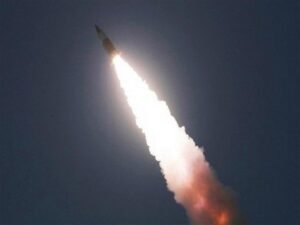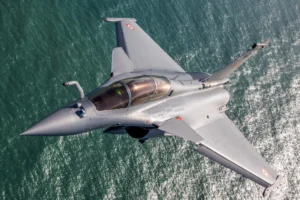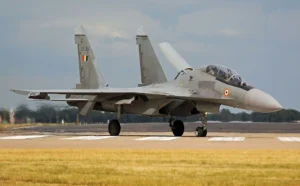Source : Indian Defence Analysis
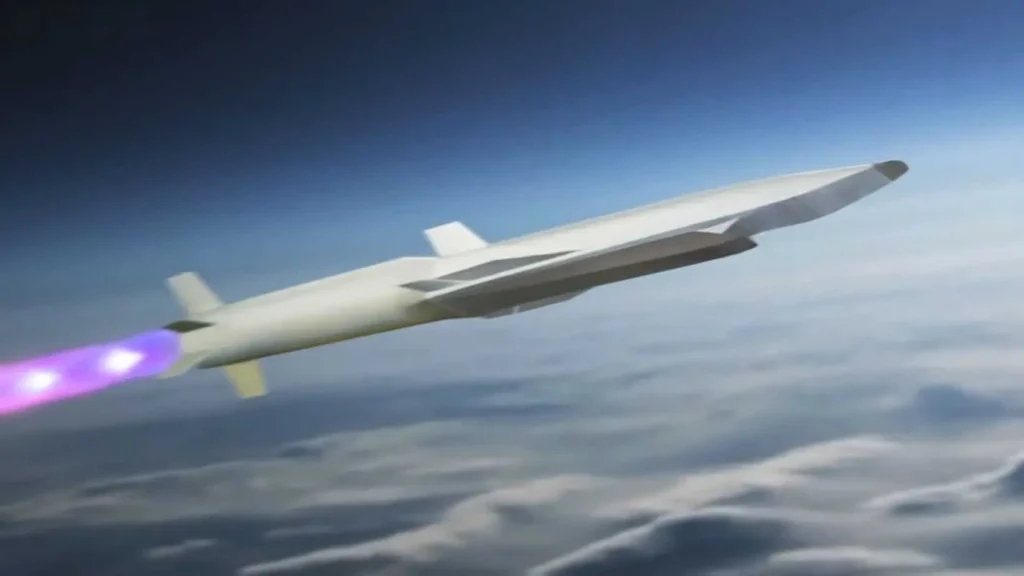
DRDO Developing Endothermic Fuels For Various Hypersonic Weapons Development
Hypersonic Missiles are new generation of kinetic strike weapons. They are meant to evade any existing air defence systems due to their hypersonic speed which is greater than 5 times the speed of sound. The manoeuver at terminal stage further reduces their probability of detection. Russia has been leading the Hypersonic weapons race followed by China.
Recently Iran has also claimed to have developed a Hypersonic ballistic missile Fatah having range of 1400 km (870 miles) and can move at a massive speed of up to Mach 15 (5.1 km or 3.2 miles per second) before hitting its target.
Types of Hypersonic Missiles
There are two types which are under development and in service with various military of the world. First one is hypersonic cruise missiles, which are powered by an air-breathing Ramjet, Scramjet or Dual Mode Ramjet (DMRJ) engine.
Second one is hypersonic glide vehicles, which reach orbit with a conventional booster before gliding towards a target.
The Hypersonic cruise missiles are powered throughout their flight using the scramjet engine, whereas the hypersonic glide vehicle makes use of their aerodynamic shape to glide towards the target after released from a certain altitude and speed.
The Hypersonic glide vehicle follows zig zag trajectory during their terminal phase not a typical parabolic path making them extremely unpredictable. The Hypersonic cruise missile has comparatively smoother path of motion, but their flight altitude is much lower than Hypersonic glide vehicle, hence their detection in radar is nearly impossible due to earth’s curvature.
Shaurya Missile
India was an early starter in hypersonic missile development and has fielded Shaurya which is a canister-launched Hypersonic surface-to-surface tactical missile. The missile is powered by 2 stage solid rocket motor having range of 700 to 1,900 km (430 to 1,180 mi) and is capable of carrying a conventional and nuclear payload of 200 to 1,000 kg. Shaurya can reach a velocity of Mach 7.5 even at low altitudes. The centrepiece of a host of new technologies incorporated in Shaurya is its ring laser gyroscope and accelerometer used for navigation.
The latest trial of the missile was conducted on 3 October 2020, DRDO successfully test-fired an advanced version of the Shaurya from Balasore as part of user trials. The advance version of Shaurya missile is lighter than earlier version.
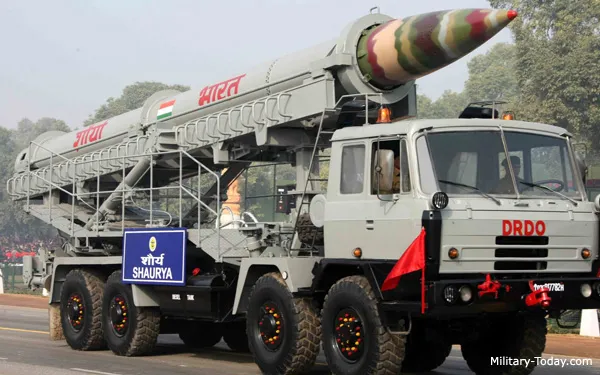
The missile stored in a composite canister, which makes it much easier to store for long periods without maintenance as well as to handle and transport. It also houses the gas generator to eject the missile from the canister before its solid propellant motors take over to hurl it at the intended target. It can be easily transported by road and launched by TEL. The missile, encased in a canister, is mounted on a single vehicle, which has only a driver’s cabin, and the vehicle itself is the launch platform. This “single vehicle solution” reduces its signature – it cannot be easily detected by satellites – and makes its deployment easy.
The missiles unique flight path is what differs it from a ballistic missile and a hypersonic glide vehicle. The first half of the journey of Shaurya missile is similar to a typical ballistic missile following a parabolic path. When the missile reaches its max altitude it begins to descend and at its terminal stage it starts to follow a glide path making its interception difficult as its flight path can’t be accurately traced. At the same time a Hypersonic glide vehicle begins to glide much early in its flight path which gives them lesser range. The flight path of Shaurya is called a quasi ballistic trajectory.
In October 2020, when Indo-China tension at LAC was at its peak, the GOI has quietly approved induction and deployment of Shaurya missile. The Shaurya missiles are deployed at locations identified by the Indian Strategic Forces Command under guidance from National Security Council.
DRDO HSTDV & Project Vishnu

DRDO is working on developing a Hypersonic Technology Demonstrator Vehicle or HSTDV which is powered by a scramjet engine and will be used to develop Hypersonic cruise missile. The development of the Hypersonic cruise missile using HSTDV has commenced under the name Project Vishnu.
The HCM based on HSTDV will be mounted on a booster with 6 control surfaces. This booster is expected to be derived from K4 missile rather than Agni missile which was used in HSTDV trial of 2020. The upper part of HSTDV will have 4 control surfaces. The missile will resemble Russian Zircon & Boeing’s X-51 Waverider.
DRDO is developing two types of Scramjet engines. These are Air Breathing Engine – Active cooled scramjet engine and Long duration Scramjet Propulsion system for hypersonic vehicles.
Surface and Air Launched HCM
There are two different variants of Hypersonic missiles likely to be developed under project Vishnu. First one is going to be surface to surface missile with range around 2500 KM and expected to enter services by 2024-25.
The second one is going to be a smaller and compact version of air launched hypersonic cruise missile with a range in excess of 700 KM. The expected speed of these missiles will range from Mach7-10.
Hypersonic Glide Vehicle
DRDO is also developing Hypersonic Glide Vehicle. The objective is to develop a methodology for designing a wave-rider based hypersonic glide vehicle configuration. The HGV will feature Reaction Control System for Hypersonic Glide Vehicle.
Technologies for Hypersonic Vehicles
DRDO is developing advance material for scramjet engine which can withstand the thermodynamic stresses & Endothermic fuels for high temperature application which can power hypersonic missiles.
DRDO is working of many other technologies such as High temperature materials, Ultra High Temperature Resistant Coatings, Multi-Domain Operations for Hypersonic Missile, Multiradar (bistatic) signal assessment for Supersonic and Hypersonic Missiles, Additive Manufacturing technology for Thermal Protection System to name a few which will be used in various hypersonic missiles under development. DRDO Developing Endothermic Fuels For Various Hypersonic Weapons Development DRDO Developing Endothermic Fuels For Various Hypersonic Weapons Development DRDO Developing Endothermic Fuels For Various Hypersonic Weapons Development DRDO Developing Endothermic Fuels For Various Hypersonic Weapons Development DRDO Developing Endothermic Fuels For Various Hypersonic Weapons Development DRDO Developing Endothermic Fuels For Various Hypersonic Weapons Development DRDO Developing Endothermic Fuels For Various Hypersonic Weapons Development DRDO Developing Endothermic Fuels For Various Hypersonic Weapons Development DRDO Developing Endothermic Fuels For Various Hypersonic Weapons Development DRDO Developing Endothermic Fuels For Various Hypersonic Weapons Development IgMp


